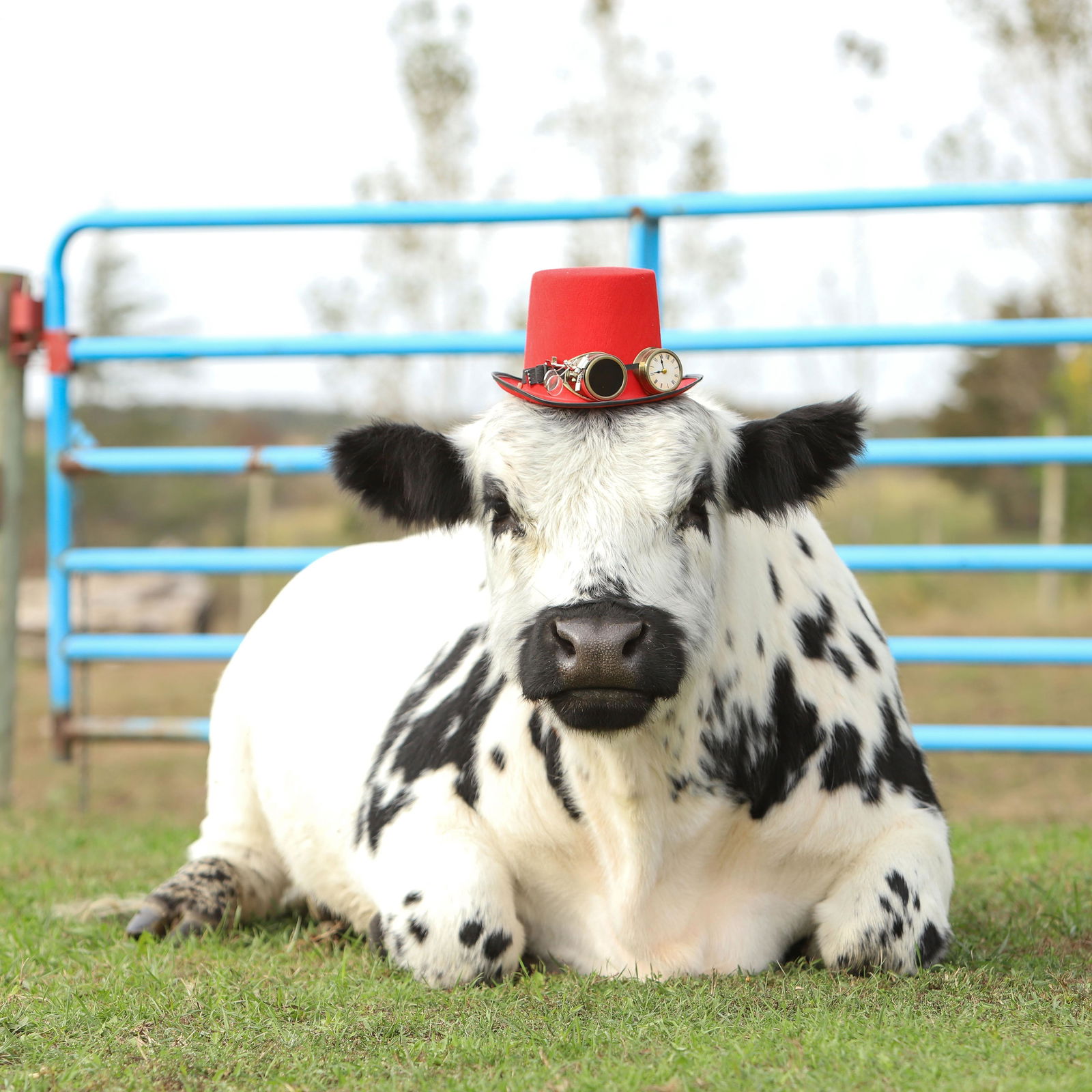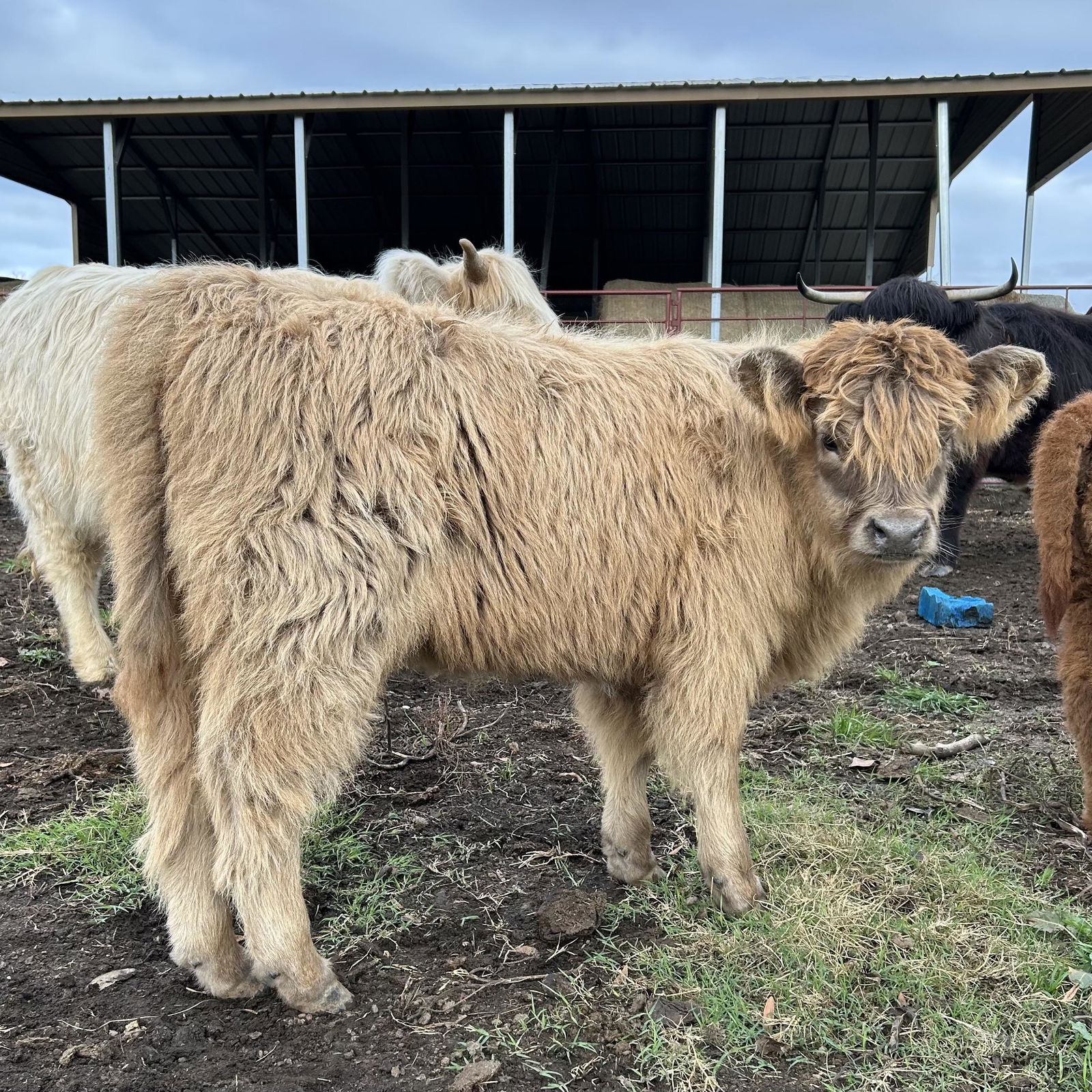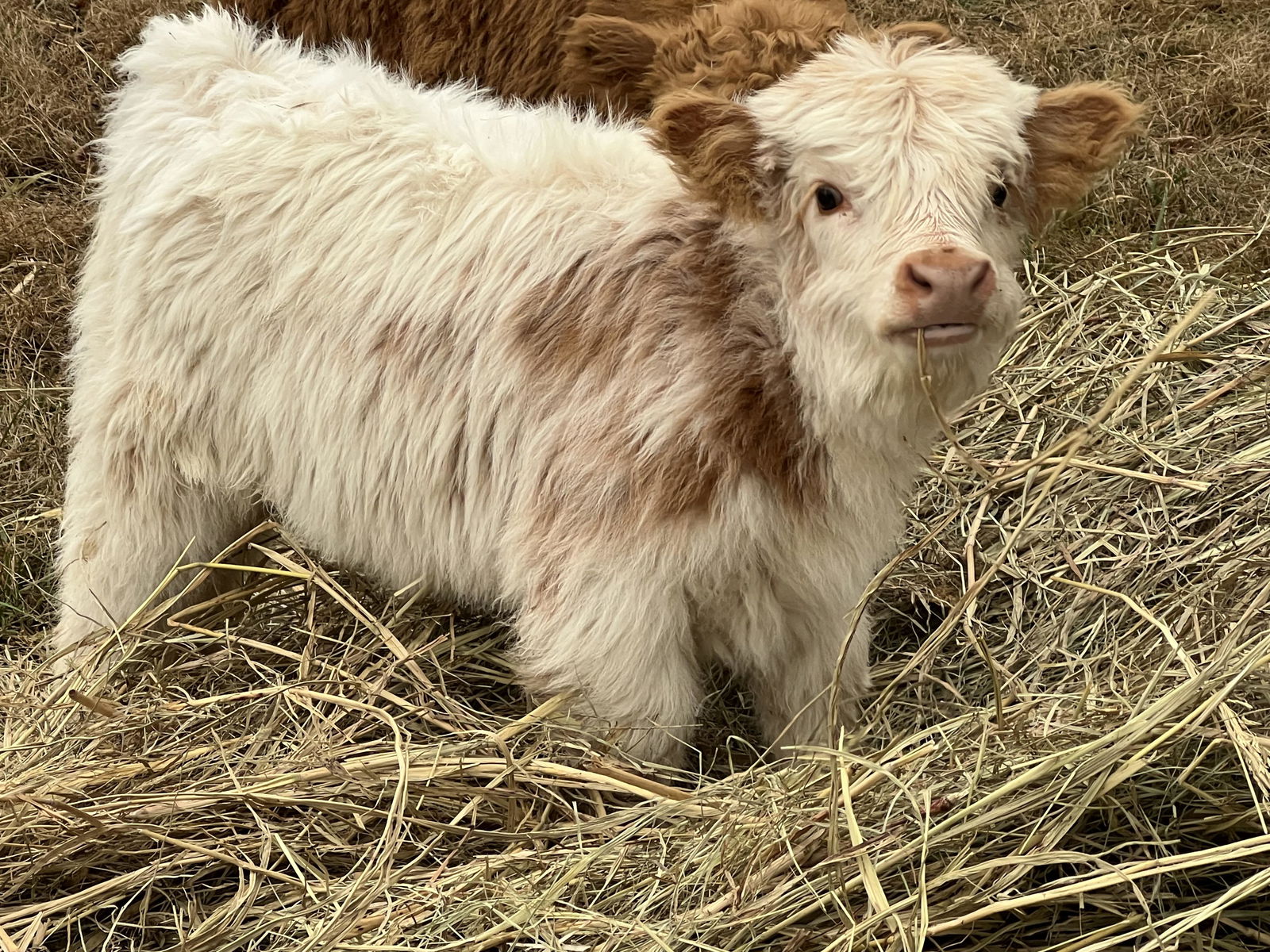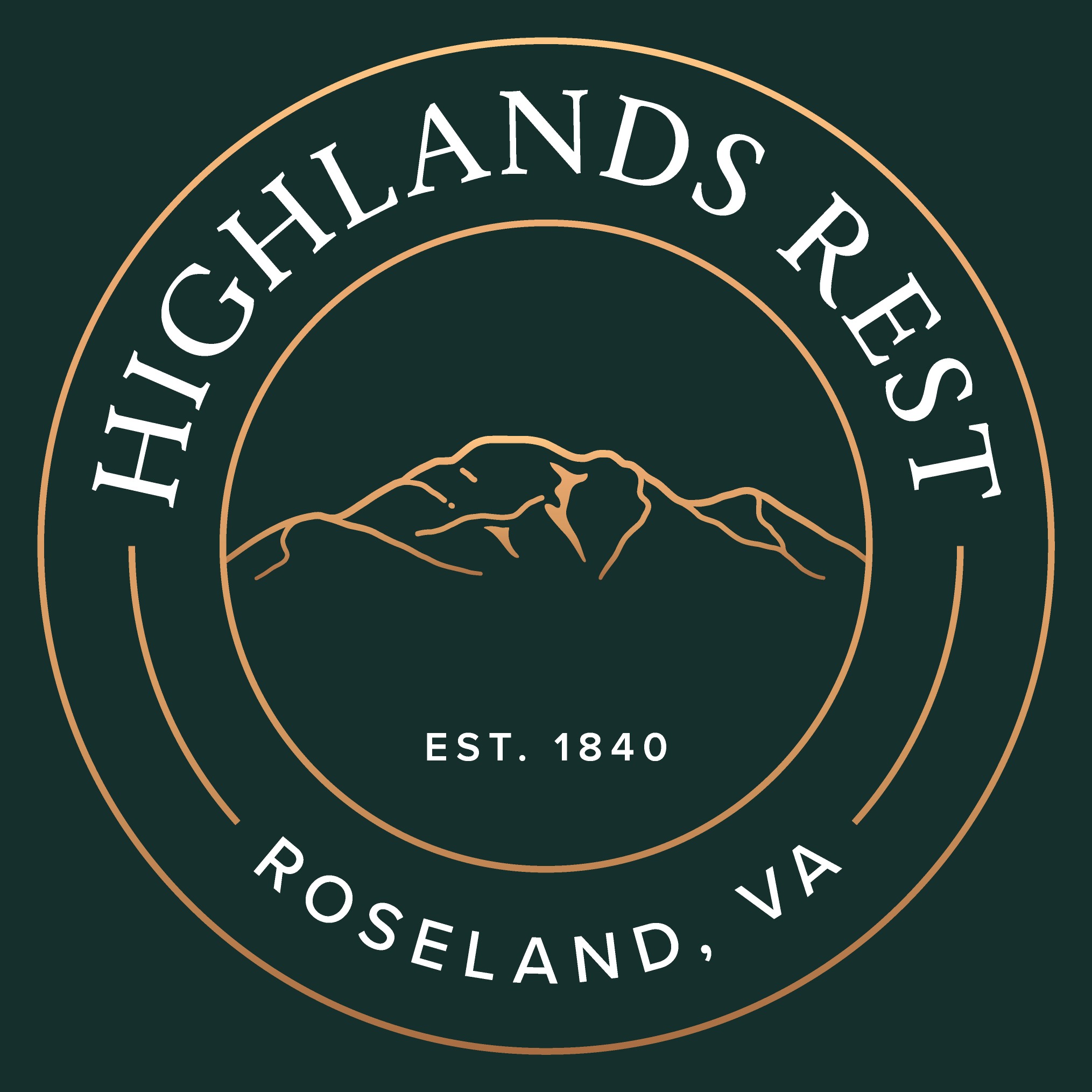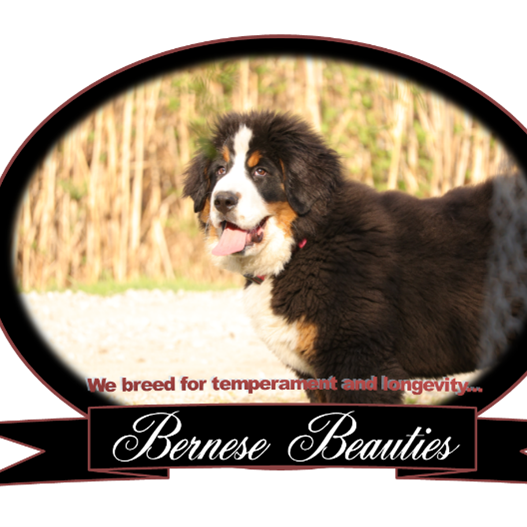
Highland Cow Prices: Complete 2025 Cost Guide
Author: Elliott Garber, DVM
Picture this: You’re scrolling through social media when you spot one of those impossibly cute “fluffy cow” photos. You know the ones. Those shaggy Highland cattle with their adorable bangs and long horns that make your heart melt instantly.
You think to yourself, “I need one of those on my farm!”
Then you start looking into prices, and reality hits like a freight train.
So, how much is a Highland cow? The short answer might shock you: anywhere from a couple thousand dollars to well over $50,000, with some exceptional animals reaching six figures. Yes, you read that right. The same price as a luxury car or even a house down payment.
But before you close this tab in sticker shock, let me explain why Highland cattle prices vary so wildly and, more importantly, how to navigate this market smartly. Whether you’re dreaming of adding these Instagram-famous cattle to your hobby farm or you’re a serious breeder looking to invest in quality genetics, understanding Highland cattle pricing will save you from costly mistakes.
At Creatures.com, we’ve seen everything from bargain-priced Highland steers to record-breaking miniature heifers that sell for more than most people’s annual salary. Here’s what drives these dramatic price differences and how to get the best value for your investment.

Why Highland Cows Are So Expensive: Price Factors Explained
Highland cattle aren’t like buying a standardized product. Each animal is unique, and the market reflects that reality in sometimes dramatic ways.
Think of Highland cattle pricing like the real estate market. Location, condition, and desirability all play huge roles. A registered breeding heifer with champion bloodlines commands vastly different prices than a castrated steer meant as a pasture pet. The purpose matters enormously.
But here’s what’s really driven Highland prices through the roof recently: social media fame. These cattle have been dubbed “Instagram’s favorite cow” for good reason. Their photogenic appeal has created massive demand among hobby farmers who might never have considered cattle ownership before.
This surge in popularity has created some interesting market dynamics:
- Supply hasn’t caught up with demand (especially for miniature varieties that take years to develop through selective breeding)
- Regional scarcity drives up prices (in areas where few Highland breeders operate, sellers can command premiums)
- The “novelty factor” adds significant cost (people pay extra for the uniqueness and social media appeal)
Perhaps the biggest price driver is the distinction between standard Highland cattle and miniature varieties. Many people see those tiny “teacup” Highland calves on social media and assume they’re a separate breed. They’re not. Miniature Highlands are selectively bred smaller versions that often cost far more than their full-sized relatives due to rarity and trendiness.
The bottom line: what you’re buying the cow for, and what specific type you want, will largely determine whether you’re looking at a $2,000 investment or a $20,000 one.
Highland Cow Price Factors: What Affects Cost
Understanding these key pricing factors will help you budget realistically and avoid overpaying for your Highland cow.
Highland Cow Prices by Age and Size
Age is typically the biggest single factor in Highland cattle pricing. Here’s how it breaks down:
Highland Calves (weaned to yearling age) generally offer the most affordable entry point, though “affordable” is relative in today’s market. For a standard Highland calf, expect to pay $1,500 to $4,000+ depending on bloodlines. The lower end gets you a basic quality calf, while the higher end buys superior genetics and registration papers.
Why are calves cheaper? You’re taking on the cost, effort, and risk of raising that animal to maturity. Not every calf develops into a breeding-quality adult, and there’s a time investment before you see any return.
Adult Cows and Bulls command higher prices because they’re proven quantities. A healthy, breeding-age Highland cow typically runs $4,000 to $10,000, with most quality animals falling in the $5,000-$6,000 range. If that cow is confirmed pregnant, add several thousand more (you’re essentially buying two animals in one transaction).
Miniature Highland cattle flip this pricing model on its head. A tiny miniature calf can cost as much as or more than a full-size adult Highland. Why? Because demand for these “micro” cattle is astronomical, while supply is extremely limited. It takes years of careful breeding to produce truly small Highland cattle, and everyone wants them.

Purebred Highland Cow Costs: Registered vs Unregistered
The genetic background of a Highland cow can dramatically impact its price. Registered purebred Highlands with strong pedigrees cost significantly more than unregistered animals with unknown lineage.
A cow from elite bloodlines (especially one that has produced show champions) can easily command $6,000-$10,000+ based on pedigree alone. Buyers pay for proven genetics and breeding quality because these animals can produce high-value calves for years to come.
When shopping, look for terms like “AHCA registered” (American Highland Cattle Association) and research the herd’s reputation. Ethical breeding practices are crucial when selecting quality animals. Breeding-quality heifers and bulls with documented lineage are investments, and their prices reflect that value proposition.
Highland Bull vs Cow Prices: Gender Price Differences
Your intended use for the animal significantly influences pricing. Highland cattle serve multiple purposes, from traditional farming uses to conservation grazing, and each purpose affects market value differently. Some owners even explore milking mini Highland cows for small-scale dairy purposes:
Breeding Females (heifers and cows) typically command the highest prices because every farm wants more females. They’re the foundation of any breeding program and can produce calves for 10-15 years.
Bulls present an interesting market dynamic. Average bulls typically cost $2,000-$4,000 while equivalent cows cost $7,500-$9,500, making bulls generally less expensive. Top-quality bulls ($4,000-$5,000+) are still typically less expensive than top-quality cows ($7,500-$10,000+), though the price gap narrows for premium breeding stock. Why? Because fewer bulls are needed in a herd (one bull can service 20-30 cows). This means there’s often a surplus of male calves in breeding programs.
Pet-Quality Animals and steers (castrated males) sit at the low end of the price spectrum. If you want a Highland just as a “pasture ornament” or for grass management, you can find steers typically ranging from $2,000 to $3,500, though occasionally younger animals or those at specific auctions may be available for around $1,000. These animals have no reproductive value, so they’re priced accordingly. Many people enjoy giving their Highland unique cattle names regardless of their purpose.
Rare Highland Cow Colors: Premium Pricing for White and Silver
Highland cattle come in various colors (red, dun, black, yellow, white, silver, brindle), and some colors command significant premiums due to scarcity and visual appeal. Beyond color, understanding the traits and temperament of Scottish Highland cows helps buyers choose animals suited to their specific needs.
High-demand colors like white or silver often cost more because they’re scarce and eye-catching. Those trendy “Highpark” cattle (often Highland crosses with striking white coats and spots) can command substantial premiums for their novelty factor.
Rare characteristics like unusual markings or naturally polled (hornless) Highlands can drive prices even higher. Some rare color or “micro-mini” Highlands have sold for $15,000 to $50,000+ in today’s market.
Remember: color alone doesn’t equal quality, but in terms of market value, it absolutely influences what people are willing to pay.

Highland Cow Prices by Location: Regional Cost Differences
Where you buy your Highland cattle can significantly impact cost. In regions where Highland cattle are rare or exotic, sellers charge more due to limited local supply. Transportation costs add to the effective price too (arranging cattle hauling can run hundreds or thousands of dollars for long distances).
There’s also a seasonal aspect to Highland cattle markets. Spring and early summer tend to favor sellers as people stock their farms after winter. If you’re flexible on timing or willing to travel to major sales, you might find better deals.
Highland Cow Price Increases: Social Media Impact on Costs
The current Highland cattle market is significantly different from just a few years ago. To put this in perspective: in 2021, registered Highland cows averaged $1,500-$3,200. Fast forward to 2025, and at the 36th Annual American Highland Cattle Association National Sale, the average price was $19,200 per head.
That’s more than a six-fold increase!
This dramatic price appreciation stems from:
- Massive social media exposure driving hobby farm demand
- Limited supply of quality breeding stock
- Celebrity and influencer endorsements creating bidding frenzies
- Professional marketing by savvy breeders building their brand
As a buyer, be aware of hype versus actual value. Sometimes you’re paying for the breeder’s marketing success as much as the animal’s quality.
Highland Cow Price Ranges 2025: Current Market Costs
Let’s break down what you can expect to pay for different types of Highland cattle in today’s market, based on recent sales data and current listings.
Highland Calf Prices: Entry-Level Costs
Standard Highland calves from weaning age up to about a year old generally start around $1,500-$2,500 for basic quality or unregistered calves, scaling up to $4,000-$5,000 for well-bred, registered animals.
Most average-quality calves from reputable farms fall somewhere in the middle around $3,000. These figures assume the calf is weaned and a few months old (very young bottle-fed calves aren’t commonly sold except by specialized mini breeders, who often charge premiums).
However, exceptional calves can blow past these averages. At recent auctions, Highland heifers with unique coloring and genetics have commanded premium prices ranging from $4,100 to $9,200, demonstrating that truly special calves can rival adult animals in price.
Pro tip: When buying a calf, research the parents thoroughly. If the sire or dam are prize-winning or exceptionally small (for mini programs), that justifies higher prices. Also remember you’ll likely need to buy two calves (Highland cattle are herd animals and need companionship). If you’re getting a young calf, make sure you understand how to care for your baby Highland cow.

Adult Highland Cow Costs: Mature Cattle Pricing
| Category | Price Range | Notes |
|---|---|---|
| Mature Highland Cows (2-5 years) | $4,000–$8,000 | Healthy, breeding-quality animals |
| Quality Breeding Stock | $5,000–$6,000 | Most solid breeding stock falls here |
| Pregnant Cows / With Calf | $8,000–$12,000 | Premium for two animals in one |
| Top Breeding Bulls | $5,000–$10,000+ | Excellent genetics, proven offspring |
| Average Bulls | $2,000–$4,000 | Decent bloodlines, lower demand |
| Steers (Castrated Males) | $2,000–$3,500 | Most affordable adult option |
Bulls present interesting pricing dynamics. A top-notch breeding bull with excellent genetics can be very valuable ($5,000-$10,000+), especially if he’s proven his ability to sire quality offspring. However, average bulls from decent bloodlines often cost $2,000-$4,000 because market demand is lower (one bull services many cows, so fewer are needed).
Bred Highland cows command premiums because you’re essentially getting two animals (the mother and her unborn calf).
Older animals past their prime breeding years typically sell for less, while steers (castrated males) represent the most affordable adult Highland option, typically ranging from $2,000 to $3,500 in the current market.
Show Quality Highland Cow Prices: Elite Breeding Stock Costs
At the premium end of the Highland market are show-quality animals and elite breeding stock. These command prices well above average, often reaching $10,000-$15,000 or more.
Highland cattle auctions in 2025 have featured high-quality registered stock commanding premium prices, with exceptional animals and those with rare genetics reaching record levels.
What makes an animal “elite”? Usually a combination of outstanding pedigree, proven performance, exceptional conformation, and often unique visual appeal. Many of these animals have competed successfully at livestock shows, demonstrating their quality. Polled Highland bulls (naturally hornless, which is uncommon) or cows carrying rare genetic traits command significant premiums.
If you’re starting out, you likely don’t need a $20,000 cow. But understanding these high-end prices helps you recognize true quality when you see it (and avoid paying elite prices for ordinary animals).
Mini Highland Cow Prices: Why Miniature Cattle Cost More
The hottest segment of the Highland cattle market right now is miniature Highland cattle. These smaller-statured Highlands have captured social media attention and created a pricing category all their own.
It’s crucial to understand that there’s no separate breed called “mini Highland”. These are regular Highland cattle selectively bred for smaller size over generations, sometimes involving crosses with other small breeds like Dexter cattle or creating Highland-cross variations.
Here are current miniature Highland price ranges based on 2025 market data:
| Category | Price Range | Details |
|---|---|---|
| Pet-Quality Mini Calves | $2,500–$5,000 | Basic quality, enormous demand |
| Breeding-Quality Mini Heifers | $6,000–$12,000+ | Good documentation, $10-15K common |
| Exceptional Mini Heifers | $15,000–$20,000+ | Superior genetics or size |
| Bred Mini Cows | $10,000–$20,000+ | Pregnant or with calf at side |
| Extreme Rarities | $15,000–$50,000+ | Micro animals under 36”, rare colors |
| Record Sales | $30,000–$60,000+ | Top-tier micro Highlands |
For example, high-quality micro-mini Highland heifers have commanded exceptional prices in 2025, with some reaching well into five figures.

Quality miniature Highland females command serious money. Good mini heifers with documented lineage regularly sell for $10,000-$15,000, with exceptional animals reaching $20,000+. You’re buying the cow plus her valuable mini calf, and in the mini world, those calves could themselves be worth $10,000+.
The market has reached new heights in 2025, with some specialized breeding operations commanding premium prices up to $50,000 for exceptional micro Highland cattle. Teacup mini Highland cows are currently selling for $3,500 to $6,000 typically, though rare specimens and those from specialized breeding programs can command significantly higher prices.
Mini Highland Cow Cost Factors: Supply and Demand
Several factors drive these extreme prices:
- Supply and demand imbalance – Everyone wants them, but true minis take years to develop through careful breeding
- Social media appeal – They’re incredibly photogenic and shareable
- Perceived convenience – People assume smaller cattle are easier to manage (though not always true)
- Investment potential – Top breeding animals can produce valuable offspring for years; Highland cattle are among the most profitable farm animals when managed correctly
- Status symbol factor – Owning a $30,000 “micro cow” makes a statement
Buyer beware: Always verify the animal’s actual height, age, and pedigree. Some sellers use terms like “teacup” to inflate prices on animals that may grow larger or aren’t from established mini bloodlines. Genuine mini Highlands should come from reputable programs focused on health and conformation, not just size reduction.
Highland Cow Ownership Costs: Beyond Purchase Price
The sticker price is just the beginning. Highland cattle ownership involves ongoing costs that can easily exceed the purchase price over the animal’s 15-20 year lifespan.
| Cost Category | Annual Estimate | Notes |
|---|---|---|
| Feed & Nutrition | $700–$1,200 (full size) / $500–$800 (mini) | Unless year-round pasture available |
| Veterinary Care | $100–$300 | Routine care only; emergencies extra |
| Fence Maintenance | $100–$300 | Ongoing repairs and upkeep |
| Infrastructure Setup | $2,000–$5,000 (one-time) | Initial fencing and shelter |
| Transportation | $2–$4 per loaded mile | Can be $500–$2,000+ for delivery |
| Equipment & Supplies | $500–$2,000 (initial) | Water troughs, feed bins, grooming tools |
Critical consideration: Highland cattle are herd animals and must have companionship of their own kind. This means you’re realistically looking at two animals minimum, doubling all costs.
Highland cattle need proper shelter and secure fencing. Budget several thousand dollars for fence installation if you don’t already have adequate barriers. Good fencing isn’t optional (it protects your investment and keeps neighbors happy).
Understanding what mini Highland cattle eat helps you budget accurately for ongoing nutrition costs. Routine vet expenses run $100-$300 annually per animal for vaccinations, deworming, and basic health maintenance. However, emergency situations (difficult births, injuries, illnesses) can cost hundreds or thousands more.
Remember: the buying price may be just the tip of the iceberg. Over a Highland’s lifetime, care costs will likely exceed the initial investment.
Smart Highland Cow Buying: Getting the Best Value
Given the money involved, approaching Highland cattle purchases strategically is crucial. Here’s how to ensure you get the best value:
Compare Highland Cow Prices from Multiple Sellers
Don’t buy the first cute calf you see. Compare prices from multiple breeders, online marketplaces, and auctions to understand fair market values. Browse current Highland cattle listings on Creatures.com to gauge prices and see what’s available across different quality levels. Our comprehensive guide to buying animals for sale covers essential due diligence steps for any livestock purchase.
Choose Reputable Highland Cow Breeders
Buy from reputable breeders with positive reviews and transparent practices. Quality sellers will answer questions, provide documentation, and often offer ongoing support after the sale.

Highland Cow Health Records and Registration Papers
Verify health records, vaccination status, and registration papers. For high-dollar animals, consider requesting genetic tests or veterinary examinations. Reputable sellers have documentation ready and welcome scrutiny. Understanding animal welfare regulations helps ensure you’re buying from compliant operations.
Highland Cow Buying Terms and Guarantees
Clarify health guarantees, breeding guarantees (for bred cows), return policies, and transportation arrangements. When using online marketplaces, choose platforms with escrow protection like Creatures.com that hold funds until both parties are satisfied.
Avoid Impulse Highland Cow Buying
Given the dollars at stake, take time to make informed decisions. Set a budget and stick to it. If current prices exceed your comfort level, wait (Highland cattle are continually being bred and sold, and market conditions can change).
Long-Term Highland Cow Investment Planning
Buy Highland cattle because you genuinely want to care for them long-term, not as a quick investment flip. Markets fluctuate, and the joy of Highland ownership should justify the investment regardless of price appreciation. If you do decide to sell in the future, familiarize yourself with strategies for selling livestock.
Highland Cow Buying Guide: Making Smart Decisions
Highland cattle ownership can be incredibly rewarding, but success starts with realistic expectations about costs and commitment. For those considering alternatives, other livestock options include alpacas, sheep, or goats, each with their own cost structures and care requirements.
Whether you’re budgeting for a $3,000 Highland calf or considering a $30,000 miniature heifer, remember that the buying price is just the beginning. Factor in infrastructure, ongoing care costs, and the reality that you’ll need at least two animals for proper herd dynamics.
The Highland cattle market in 2025 reflects unprecedented demand driven by social media popularity and limited supply of quality breeding stock. Prices have risen dramatically, but for many owners, these charismatic cattle justify the investment through years of enjoyment and potentially profitable breeding programs.

Ready to start your Highland cattle search? Explore current Highland cattle listings on Creatures.com where you can browse animals from verified breeders, compare prices safely, and take advantage of secure escrow transactions. Whether you’re seeking your first Highland calf or adding elite genetics to an established herd, our marketplace connects you with quality animals at fair prices.
From $2,000 steers to $50,000 show champions, there’s a Highland cow for every budget and purpose. The key is finding the right match for your goals, resources, and long-term commitment to these remarkable Scottish cattle.
Looking for specific Highland cattle types or have questions about pricing? Browse our comprehensive Highland cattle marketplace or check out our detailed guides on miniature Highland cattle and “teacup” Highland realities to make informed buying decisions. Explore our broader animal learning hub for comprehensive livestock guidance.

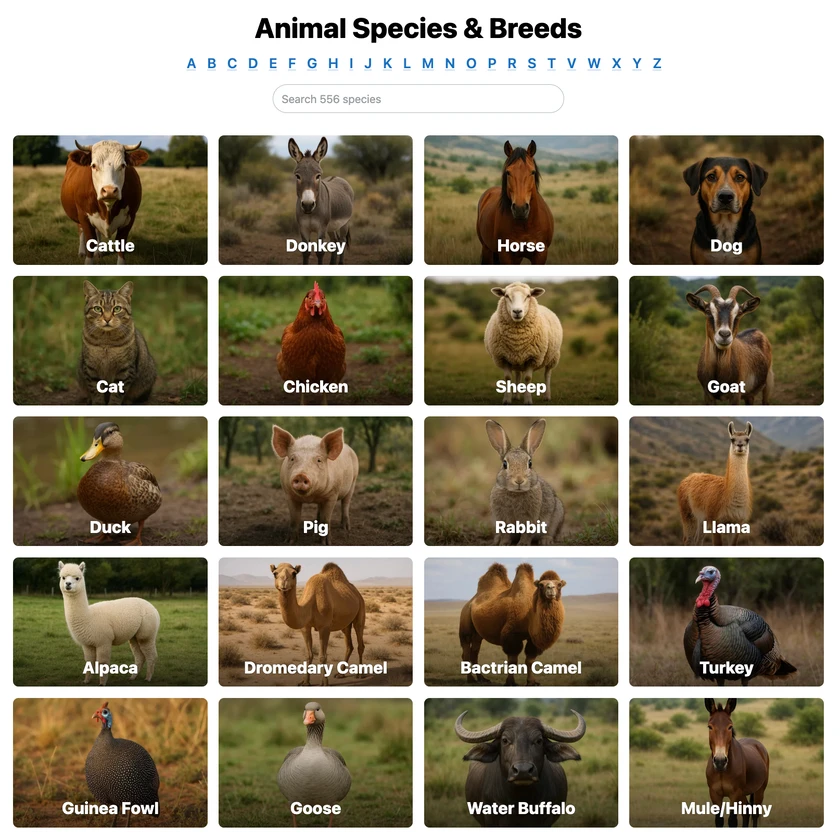 All Species & Breeds
All Species & Breeds
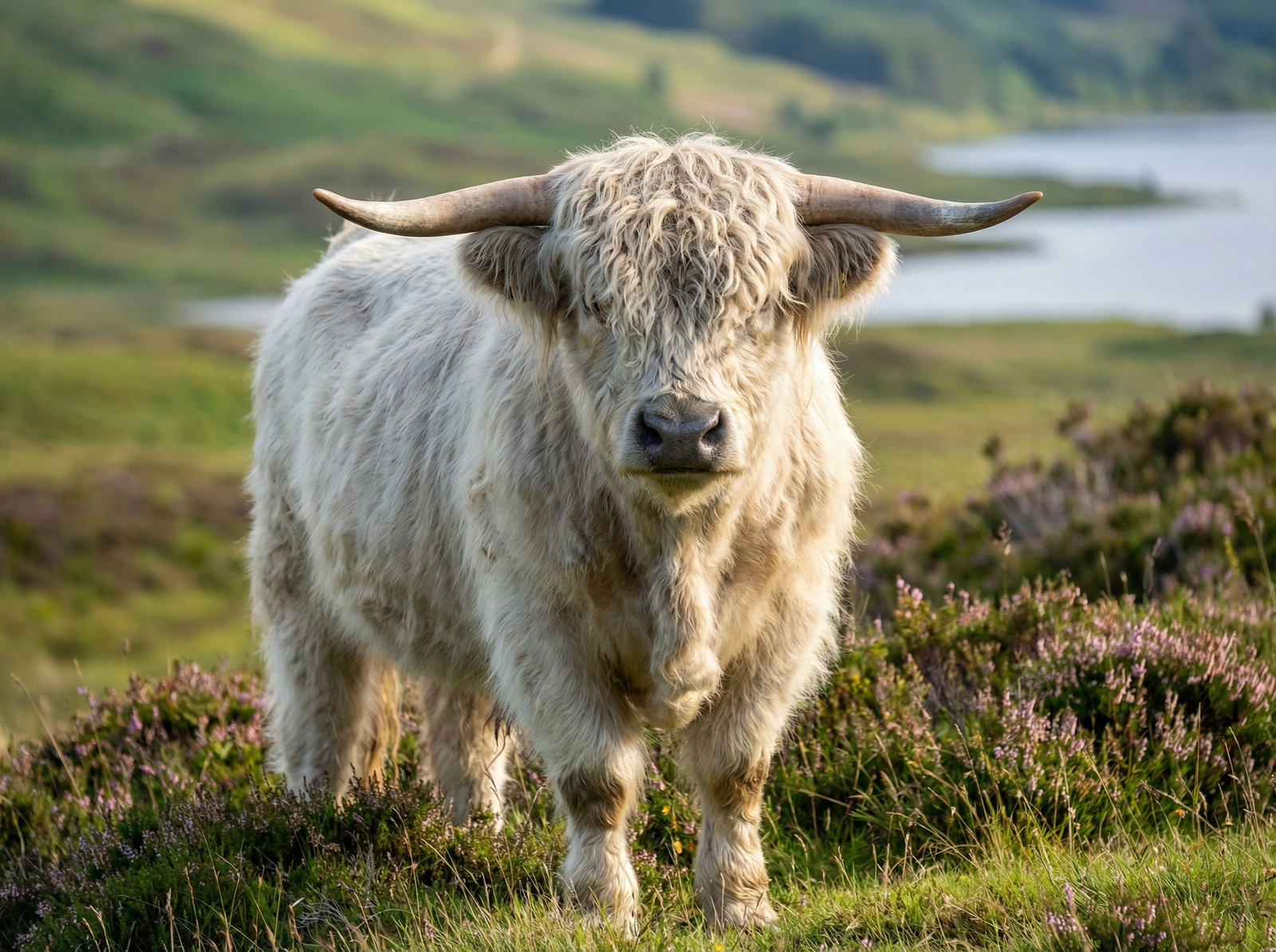 Highland Cattle
Highland Cattle
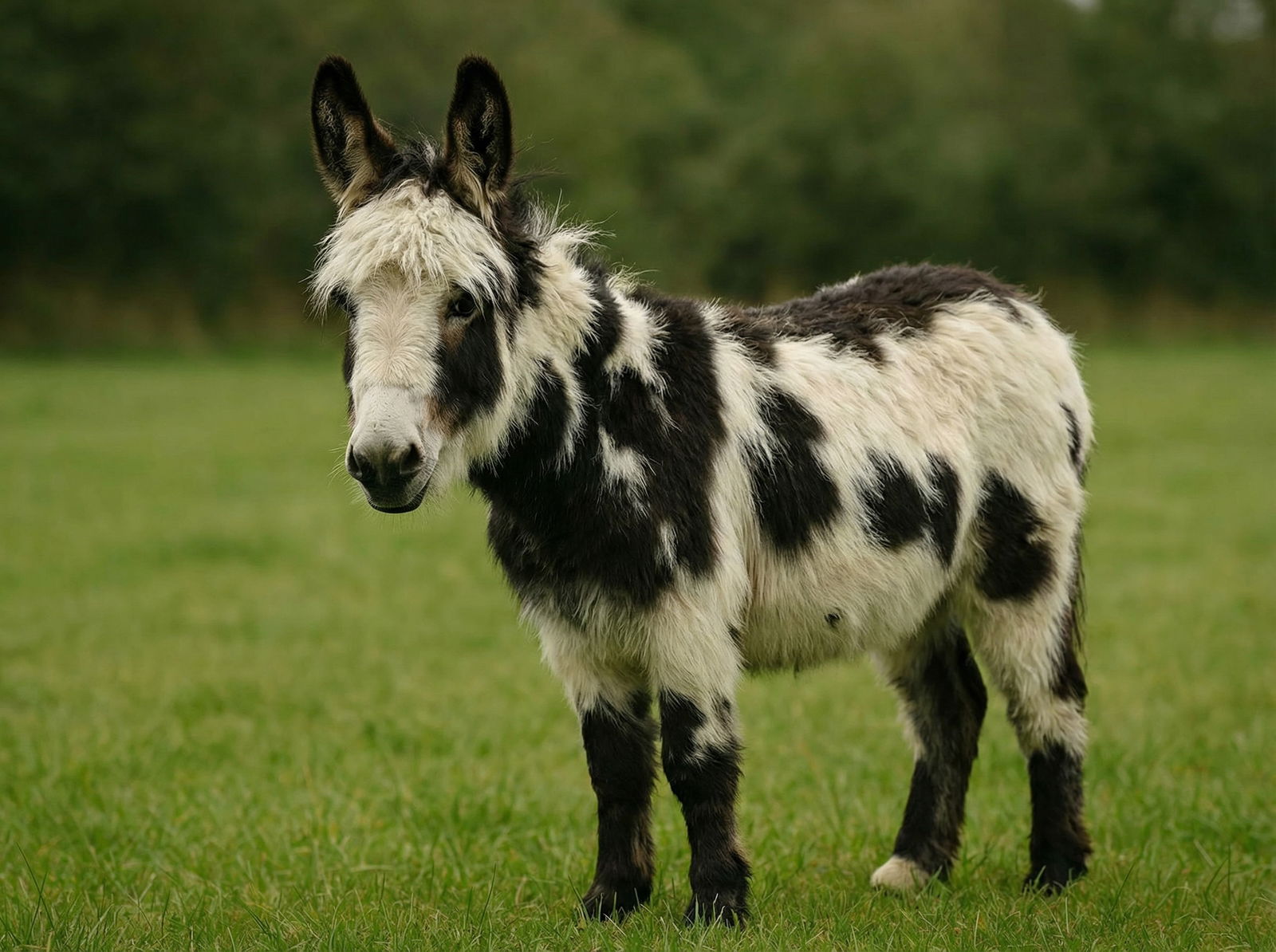 Miniature Donkeys
Miniature Donkeys
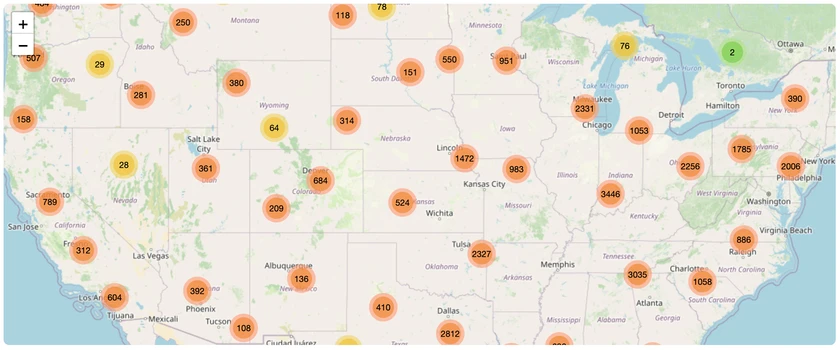 All Species Directory
All Species Directory
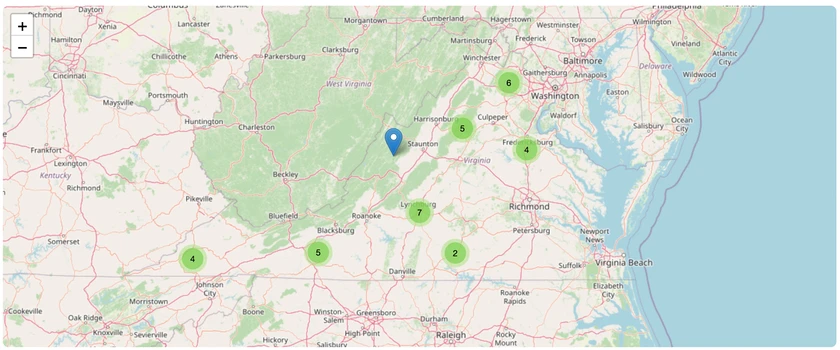 Highland Cattle in Virginia
Highland Cattle in Virginia
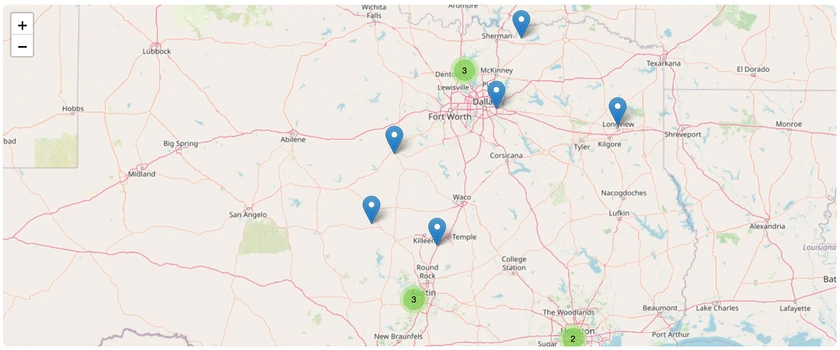 Miniature Donkeys in Texas
Miniature Donkeys in Texas









